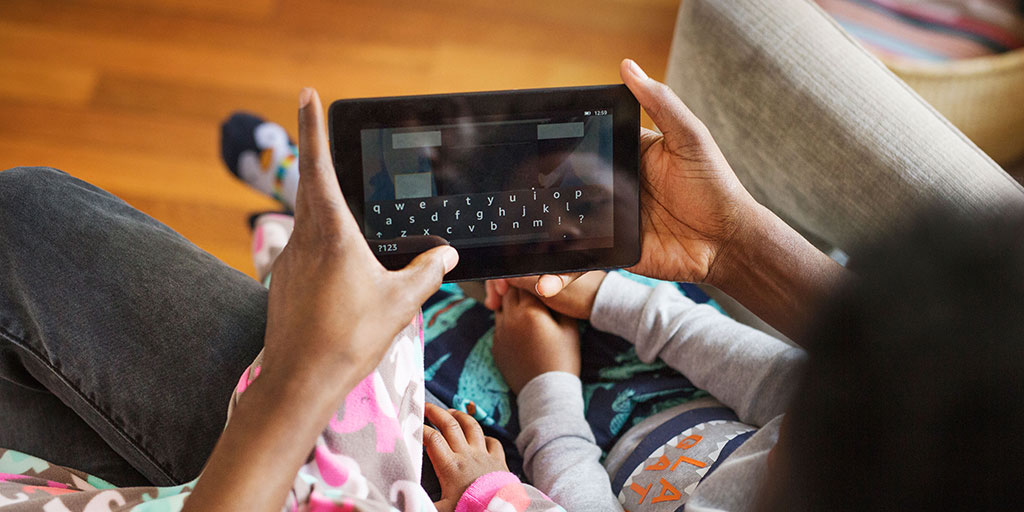Restrictions have brought a whole host of new problems for children. One of which was having to learn outside of the structure of the classroom. Whilst time working online helped many children learn new digital skills and tools that will help them in later life. There are serious concerns as to safety from strangers, fraud, and too much time spent sedentary by being online.
So, what do you need to know to keep children safe online?
Communicate!
Communication is key. Being interested in your child’s life generally on and offline can be the first step, where a child will come to you first when something doesn’t seem right. Whilst seeking punishment for using adult content or internet features may be your first inclination, it might be best to stave off for a time. If they’ve formed relationships online, heavy punishment will prevent them from coming to you in the future.
Use Caution
Exercise caution when it comes to online games and toys. It isn’t necessary for every game or activity they do to be online, especially as the point of many of these games is to expose them to advertising or convince them to buy extra features to progress further. The key question is whether you think that they are emotionally mature enough to handle these items. If not, stick to what you think would benefit them rather than exposing them to largely adult material.
Clever Never Goes
No matter how well a child knows a person online, unless they’re playing games with friends from an activities group or school, they are strangers. Make it clear that if you do trust them to use online features, the same goes for being outside. They should not be sharing personal information with strangers, anything from sending photos to offering to meet them in person.
What can you add to your routine to keep them safe?
Learning
There are lots of great things online and one of them is the gamification of education. What you used to be able to get on portable individual devices such as Vtech and LeapFrog, you can now get a myriad of content available to you. They can learn languages, catch up with their maths and learn coding for example, in safe child-friendly environments.
Safety settings
Especially if your children are using another adult’s device, make sure you turn off those default settings. That means GPS location tracking, public Wi-Fi, camera, and chat access should be off. These will help keep your child safe and most importantly, anonymous. If you look at your average OTT service, like Netflix or Prime, they have children’s services. Switch to those profiles before handing over a device to make sure they only access age-appropriate content.
Check and Go
If you’re thinking of getting games, activities, toys, or consoles that use the internet then remember Check and Go. This means checking the equipment is age-appropriate by adding parental control that allows you to track their usage. You can also filter or block apps with inappropriate content and can manage different family members’ profiles. Use this NSPCC guide to help you with installing parental controls on your internet-ready technology.



